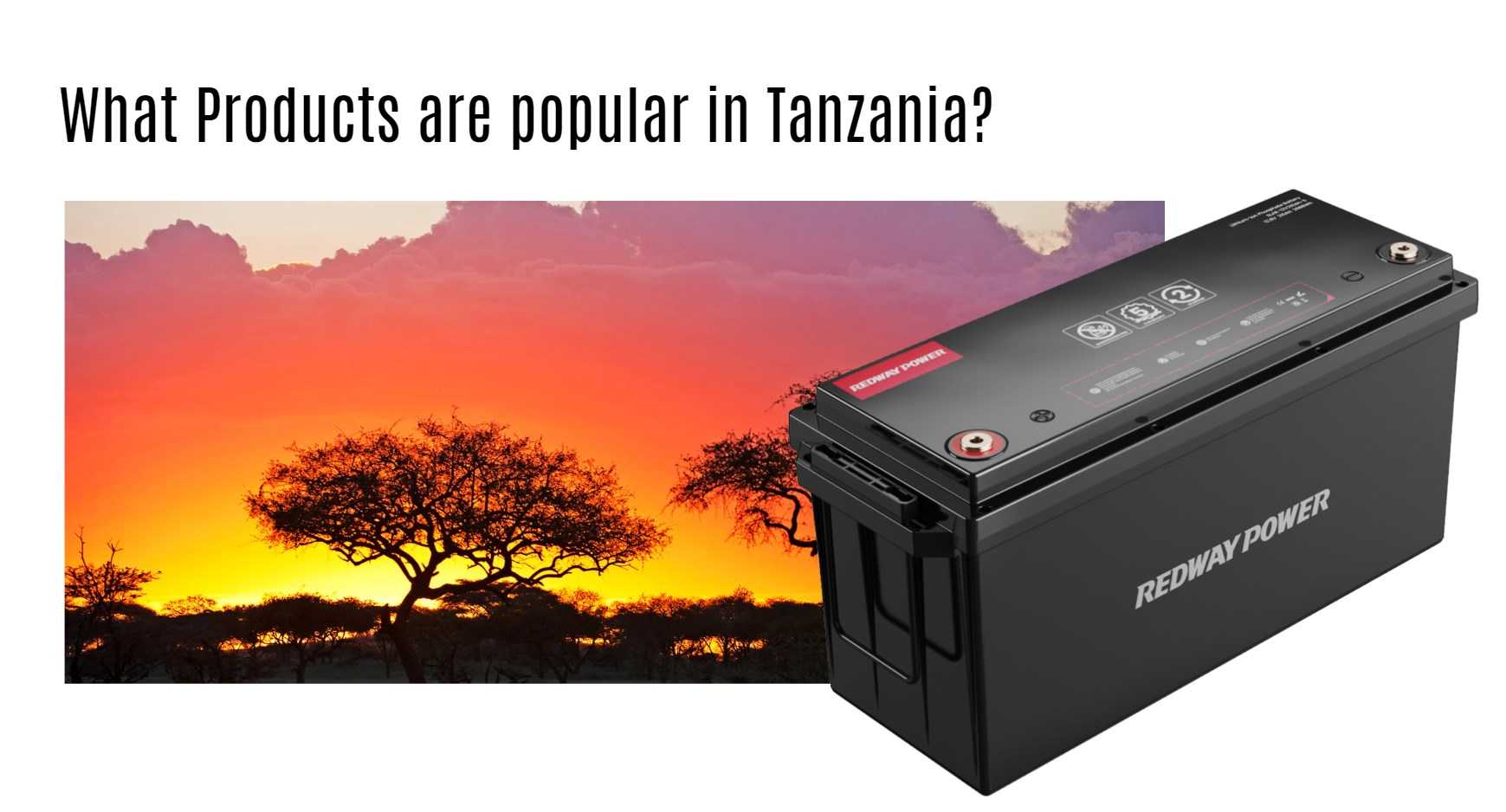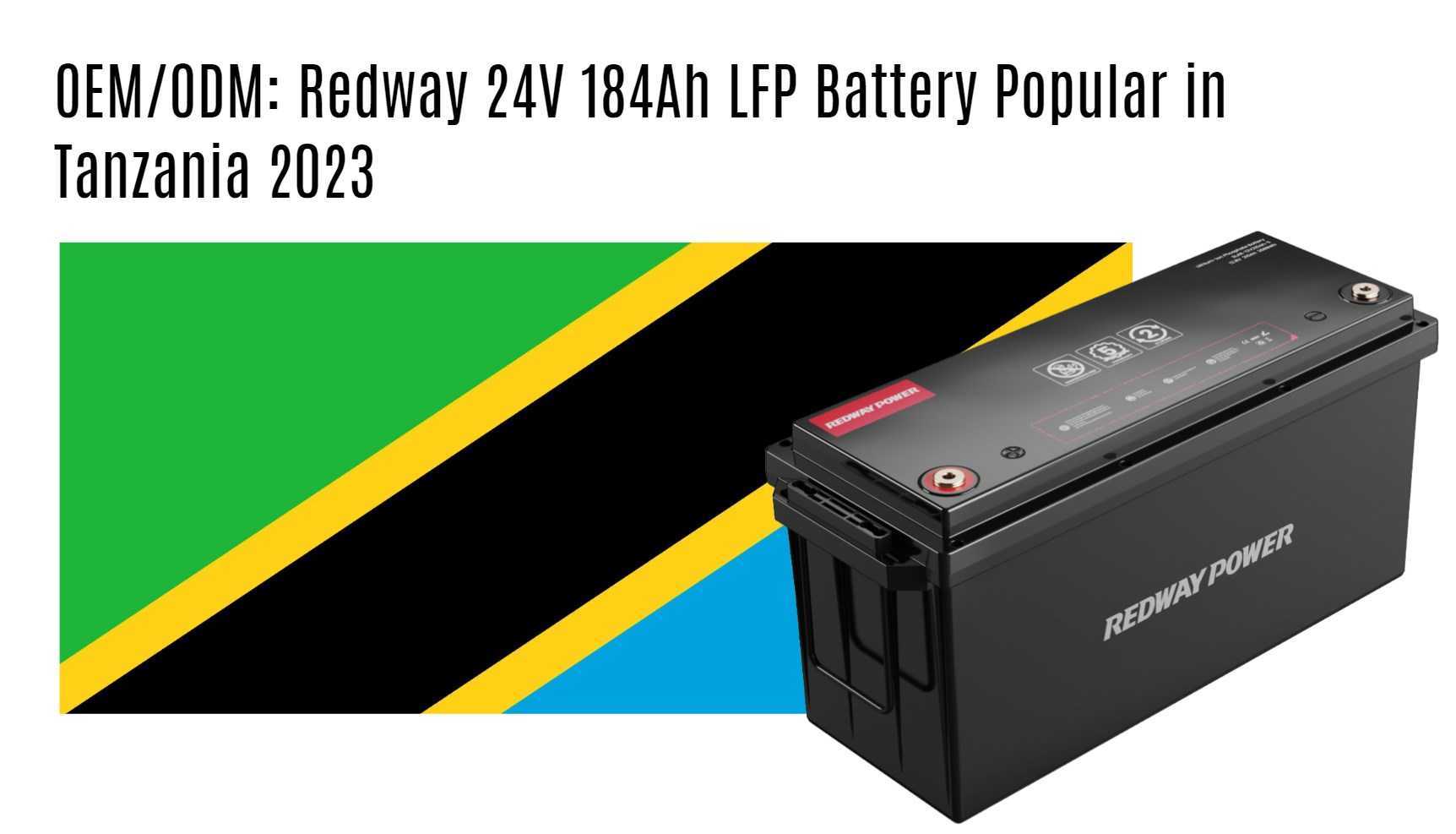Are you looking for a reliable manufacturer to produce your products? Have you heard of OEM/ODM but are not sure what they mean? Look no further! In this blog post, we will explore the world of OEM/ODM and their pros and cons. Moreover, we will focus on Tanzania’s market trends and introduce one popular product in particular: the Redway 24V 184Ah LFP Battery. Whether you’re an entrepreneur or a business owner looking to expand your product line, finding the right OEM/ODM could be challenging. So keep reading to find out how to make that process easier!
What is OEM/ODM?
OEM stands for Original Equipment Manufacturer, while ODM stands for Original Design Manufacturer. Both refer to companies that produce goods on behalf of another company under a private label. OEM manufacturers typically produce components or parts that are then used in other products, whereas ODM manufacturers create entire products from scratch based on the specifications provided by their clients.
In other words, when you use an OEM manufacturer, you’re essentially outsourcing part of your production process to a third-party supplier who specializes in making specific parts or components. Meanwhile, with an ODM manufacturer, you’re entrusting them with designing and producing a completely new product tailored to your needs.
One advantage of using OEM/ODM is the ability to reduce costs and speed up time-to-market since they eliminate the need for companies to invest significant resources into research and development (R&D), design work, tooling equipment purchases etc. However, it’s important to ensure that quality control measures are in place because any defects will reflect badly on both parties involved.
The Different Types of OEM/ODM
When it comes to OEM/ODM, there are several different types that businesses may choose from:
1. Design and Engineering OEM/ODM: This type involves designing and engineering a product from scratch according to the client’s specifications.
2. Modification OEM/ODM: In this type, an existing product is modified according to the client’s needs.
3. Original Equipment Manufacturer (OEM): A manufacturer produces parts or products that are sold under another company’s brand name.
4. Original Design Manufacturer (ODM): An ODM designs and manufactures a product which is eventually rebranded by another company for sale.
5. Joint Development Manufacturer (JDM): JDMs work closely with clients on developing custom-made products specifically tailored to their requirements.
It’s important for businesses looking for an OEM/ODM partner to understand these different types in order to determine which one suits their needs best.
Pros and Cons of OEM/ODM
OEM (Original Equipment Manufacturer) and ODM (Original Design Manufacturer) are two popular business models that offer several advantages and challenges to consider for businesses in need of product development. Let’s explore the pros and cons of each option.
One significant advantage of OEM is cost-effectiveness, as it allows brands to mass-produce products at a lower cost than producing them in-house. Additionally, companies benefit from established supply chains, existing production lines and access to experienced manufacturers with specialized skills.
On the other hand, one disadvantage of OEM is less control over quality assurance standards. As the manufacturer produces the product instead of your company directly supervising it, outsourcing can lead to inconsistent quality between batches or errors during production.
ODM offers more flexibility and customization options for businesses than OEM by allowing them to create unique designs tailored specifically to their needs. This approach also allows brands greater control over specific features such as material selection or size requirements.
However, an important drawback is higher costs associated with R&D expenses necessary for creating original designs on top of manufacturing costs. Furthermore, there may be limitations on intellectual property rights concerning design ownership when using ODM services.
Ultimately both approaches have benefits and drawbacks that must be carefully assessed before making a decision about which route best suits your particular needs.
What Products are popular in Tanzania?
Tanzania is a country known for its diverse cultures and unique natural resources. When it comes to products that are popular in Tanzania, there are several that come to mind.
One of the most popular products in Tanzania is coffee. The country produces some of the best coffee beans in the world and has been exporting them for decades. Tanzanian coffee is characterized by its bold flavor and aroma, making it a favorite among coffee enthusiasts.
Another product that’s gaining popularity in Tanzania is honey. The country has an abundance of beekeeping opportunities due to its rich flora and fauna which makes it easy for bees to produce high-quality honey. Many farmers have started investing in beekeeping as a way of diversifying their income sources.
In addition to these products, textiles such as kitenge fabrics are also quite popular in Tanzania. These colorful fabrics are used for clothing, accessories, and home décor items like curtains or tablecloths.
There’s no shortage of great products available in Tanzania – from delicious food items like coffee and honey to beautiful textiles – all worth checking out on your next visit!

How to find the right OEM/ODM for you
Finding the right OEM/ODM for your business is a crucial step in ensuring that you get high-quality products at competitive prices. Here are some tips to help you find the right OEM/ODM for your needs.
First, make sure that the supplier has experience in your industry and can provide references from past clients. This will give you an idea of their expertise and track record.
Second, consider the supplier’s location and logistics capabilities. Are they located close enough to easily ship products to your desired market? Do they have efficient shipping methods in place?
Third, look into their manufacturing capabilities and quality control processes. Can they produce the quantity of products you need within your timeframe? What measures do they have in place to ensure product quality?
Fourth, evaluate their communication skills and responsiveness. It’s important to work with a supplier who is easy to reach and responsive to any questions or concerns throughout the production process.
Consider pricing and payment terms. While it’s important to look for competitive pricing, don’t sacrifice quality for cost savings. Make sure both parties agree on payment terms upfront before moving forward with any agreements.
By following these guidelines, you can increase your chances of finding an OEM/ODM partner who meets all of your requirements – ultimately resulting in better products and greater business success.
Conclusion
To sum up, OEM/ODM is an excellent option for businesses looking to create customized products that meet their specific needs. With the right partner, like Redway, you can access high-quality products at a reasonable price point. The Redway 24V 184Ah LFP Battery has proven popular in Tanzania and is just one example of what OEM/ODM can offer.
It’s crucial to do your research and find the right OEM/ODM partner to work with. Look for experience, flexibility, and a commitment to quality control when making your selection.
Ultimately, by choosing OEM/ODM services from a trusted provider like Redway, you have the potential to unlock new opportunities for your business growth while benefiting from cost savings and better product customization options.




